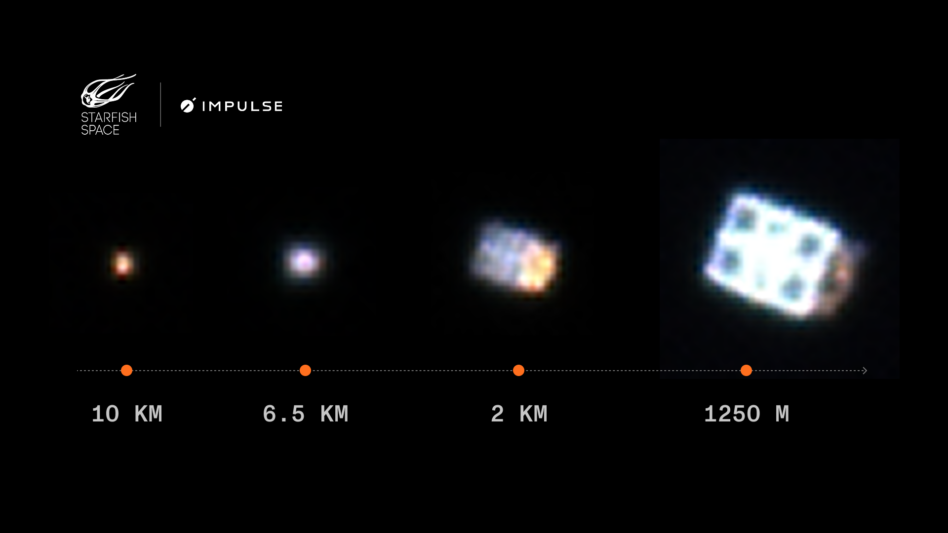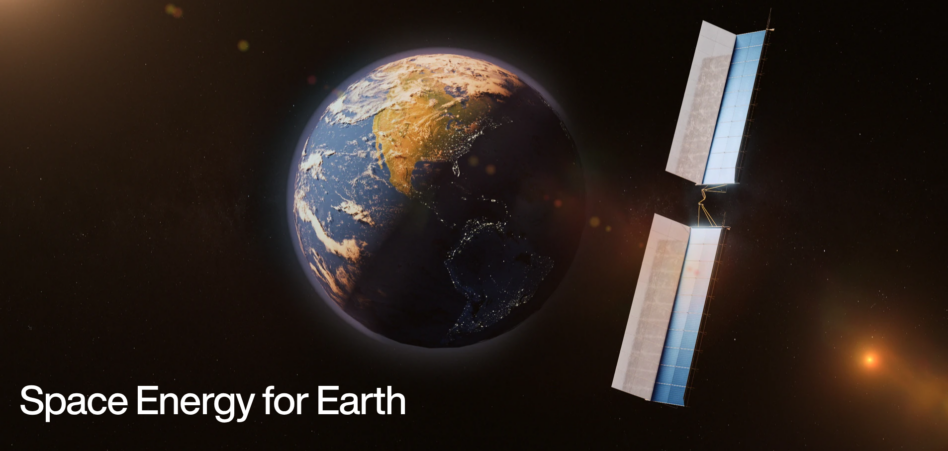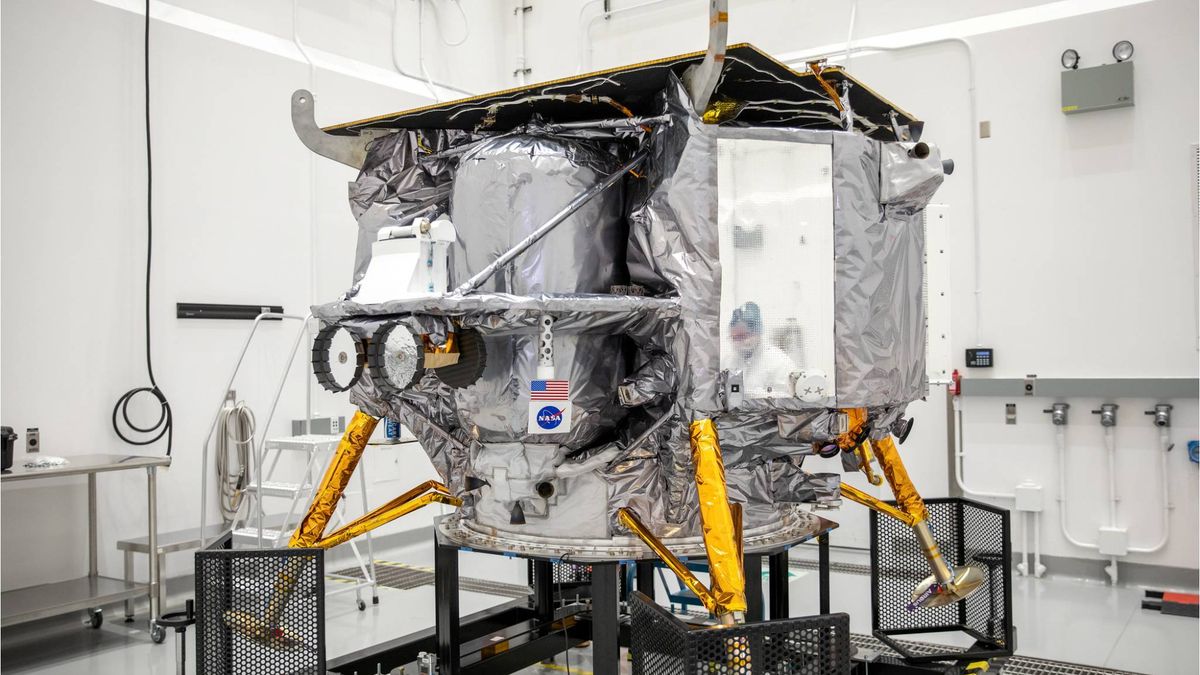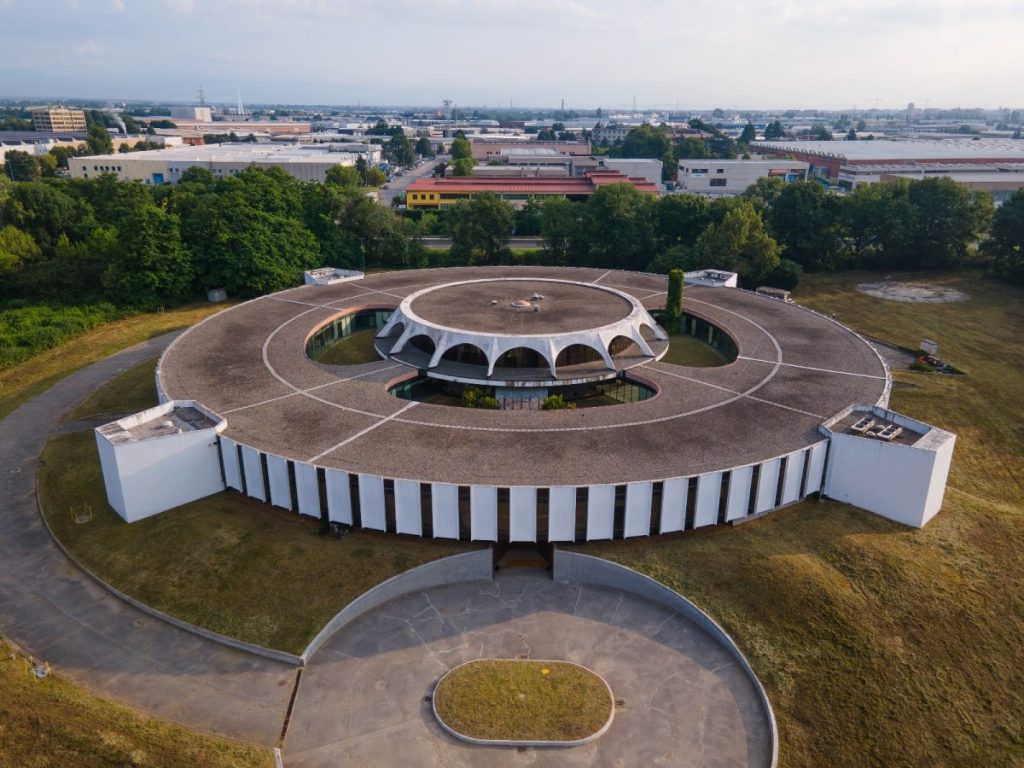A rogue Soviet spacecraft has fallen to Earth, landing in an undisclosed area.
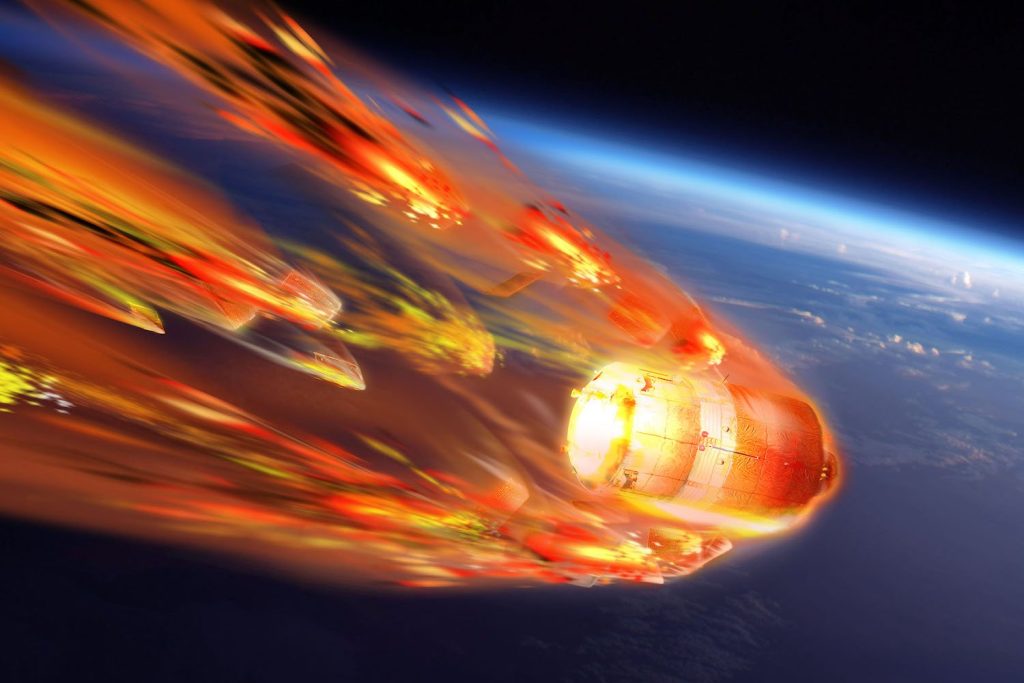
Uncontrolled Soviet Probe Crashes to Earth, Hitting Unknown Location (Image Credit: Gizmodo-com)
A failed Venus mission fell from the sky over the weekend after aimlessly orbiting Earth for the past 53 years. Various agencies closely monitored Kosmos 482’s reentry, but its exact landing site remains unknown due to conflicting reports.
Kosmos 482 performed an uncontrolled reentry on Saturday, May 10, plunging through Earth’s atmosphere around 2:24 a.m. ET, according to Russia’s space agency, Roscosmos. The Soviet-era spacecraft was built to withstand the scorching temperatures of Venus, so it’s likely that parts of it survived the heat of atmospheric reentry before crashing on Earth. So far, however, there have been no reports of visual observations of Kosmos’ descent nor has there been recovery of its debris from the ocean.
Roscosmos said that the Soviet-era spacecraft splashed down in the Indian Ocean west of Jakarta, Indonesia, around 350 miles (560 kilometers) west of Middle Andaman Island. The European Space Agency (ESA) also monitored the probe’s descent, placing its reentry time at 2:16 a.m. ET. ESA failed to spot the spacecraft over Germany for an expected pass that was supposed to take place at 3:32 a.m. ET, and therefore stated that the reentry had most likely already occurred. The U.S. Space Force, on the other hand, places the spacecraft’s reentry between 1:20 a.m. and 1:44 a.m. ET.
Without a confirmed time of reentry, it is hard to pinpoint where exactly the spacecraft may have ended up on Earth, or whether it burned up in the atmosphere. Keep in mind, this object was moving at roughly 17,500 miles per hour (28,000 kilometers per hour), so even a one-second difference can shift the landing zone to a considerable degree.
Kosmos 482 launched on March 31, 1972 from the Baikonur Cosmodrome spaceport in what is now Kazakhstan. The mission was an attempt by the Soviet space program to reach Venus, but it failed to reach enough velocity to enter a transfer trajectory toward the scorching hot planet. A malfunction caused the Kosmos 482 spacecraft to perform an engine burn that failed to reach Venus’s orbit, according to NASA. Since then, the spacecraft has been stuck in an elliptical orbit around Earth. Over time, however, atmospheric drag took its toll on Kosmos 482, eventually leading to its predicted plunge through Earth’s atmosphere this past week.
After failing to reach Venus, the spacecraft broke apart into four different pieces, with two of the smaller fragments reentering over Ashburton, New Zealand, two days after its launch. The two remaining pieces are a carrier bus and a lander probe, which together form a spherical pressure vessel weighing more than 1,000 pounds (495 kilograms). The spacecraft was also outfitted with a 27-square-foot (2.5-square-meter) parachute to slow it down during its descent toward the Venusian surface. Recent images of Kosmos 482 revealed what may be its parachute flapping around in orbit while attached to the spacecraft, but it is unlikely that it would have done its job during its descent toward Earth.
With Saturday’s reentry, the saga of Kosmos 482 finally came to an end, but questions remain about where the spacecraft ended up and what condition it may have landed in. The old Venusian probe may be in one piece at the bottom of the ocean, or its remains may have burned up during its much-delayed descent on the wrong planet.



